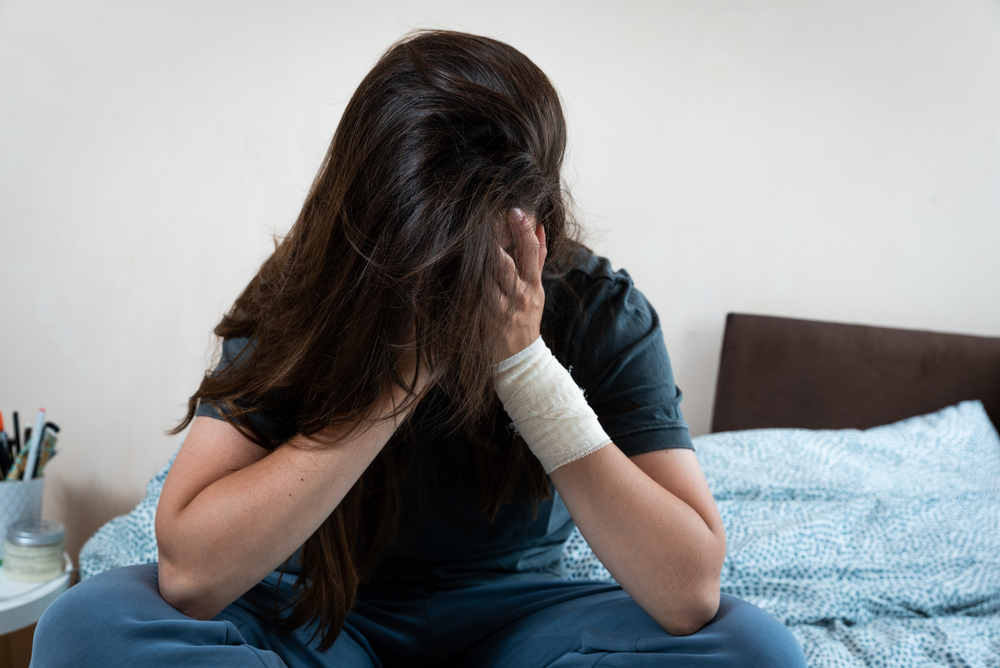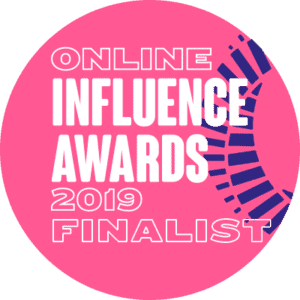Featured
Self-harm goes by many names, all with one thing in common: detrimental effects on millions of people. Roughly ten percent of the country’s population is affected by self-harm, which may come in the form of cutting, burning, or provoking others to strike. Here, we’ll explain what self-harm is, who’s affected, and why it happens.
Who’s Harming Themselves?
Self-harm is an insidious condition that primarily affects adolescent girls and young women. These demographics are at the highest risk:
- Those with emotional regulation and communication disorders.
- People with mental, gender dysmorphia, and addiction disorders
- Those who are bullied or in toxic/abusive relationships.
A person may need day treatment near Houston if they suddenly wear long, bulky clothing, frequently show signs of physical injury, or display secretive behavior. If someone you know shows signs of self-harm, seek help right away.

Why Self-Harm Happens: It Comes in Multiple Forms
Self-harm comes in various forms, some of which are more visible than others. Most people harm themselves to:
- Release tension: Those who harm themselves tend to hold their emotions in. Cutting or hitting oneself may serve as a metaphorical release of everything that’s trapped inside.
- Regain control: Suffering from stress or trauma can leave a person feeling as if they have no say in their life. Exerting effects on one’s body—even the harmful sort—is a retaking of control.
- Boredom: If a loss of control triggers self-harm, so can feelings of boredom. Humans thrive on challenge and risk, leading some to create their own circumstances.
- Numbing: If a person is bored with the world, they may feel tired of themselves. Chronic emotional numbness motivates some to harm themselves, as pain eliminates those feelings.
- Internalized hatred: Victims of verbal and emotional abuse often start believing what they’re told. In some cases, they seek to punish themselves or suppress those feelings.
- Mental health issues: Self-harm is a common side effect and symptom of depression, anxiety, post-traumatic, and borderline personality disorders.
Lastly, self-harm spreads. Peer pressure is a powerful tool, and social media images and videos have a wide reach that encourages others to engage in these harmful behaviors. Don’t ignore the signs of self-harm; seek help.
Getting Help After Self-Harm
Regardless of a person’s reasoning, self-harm shouldn’t be dismissed as a phase or a fad. While most don’t plan to inflict permanent damage, there’s always a risk of injury, depression, and suicidal behavior.
If a self-harmer is a child in your care, you have the duty and right to insist that they seek help. It’s important, though, to express concerns gently and to avoid making threats. Children and teens who harm themselves typically have anxiety and shame issues, and they shouldn’t have those feelings mirrored by those they love most.
With adults, assure them that they’re valued and restate your concerns. Encourage them to seek help and promise that you’ll be there for them. After underlying conditions are addressed, they’ll still face emotional challenges and will need to establish healthy coping habits.

Treating the Entire Person
Those who harm themselves often face addiction, depression, and other issues, but these problems run deeper. Day treatment centers address the whole person’s needs with counselling, psychiatry, and attention to detail. When a person engages in self-harm, these treatment centers offer a lifeline to them and their families.
Image Credit: depositphotos.com























